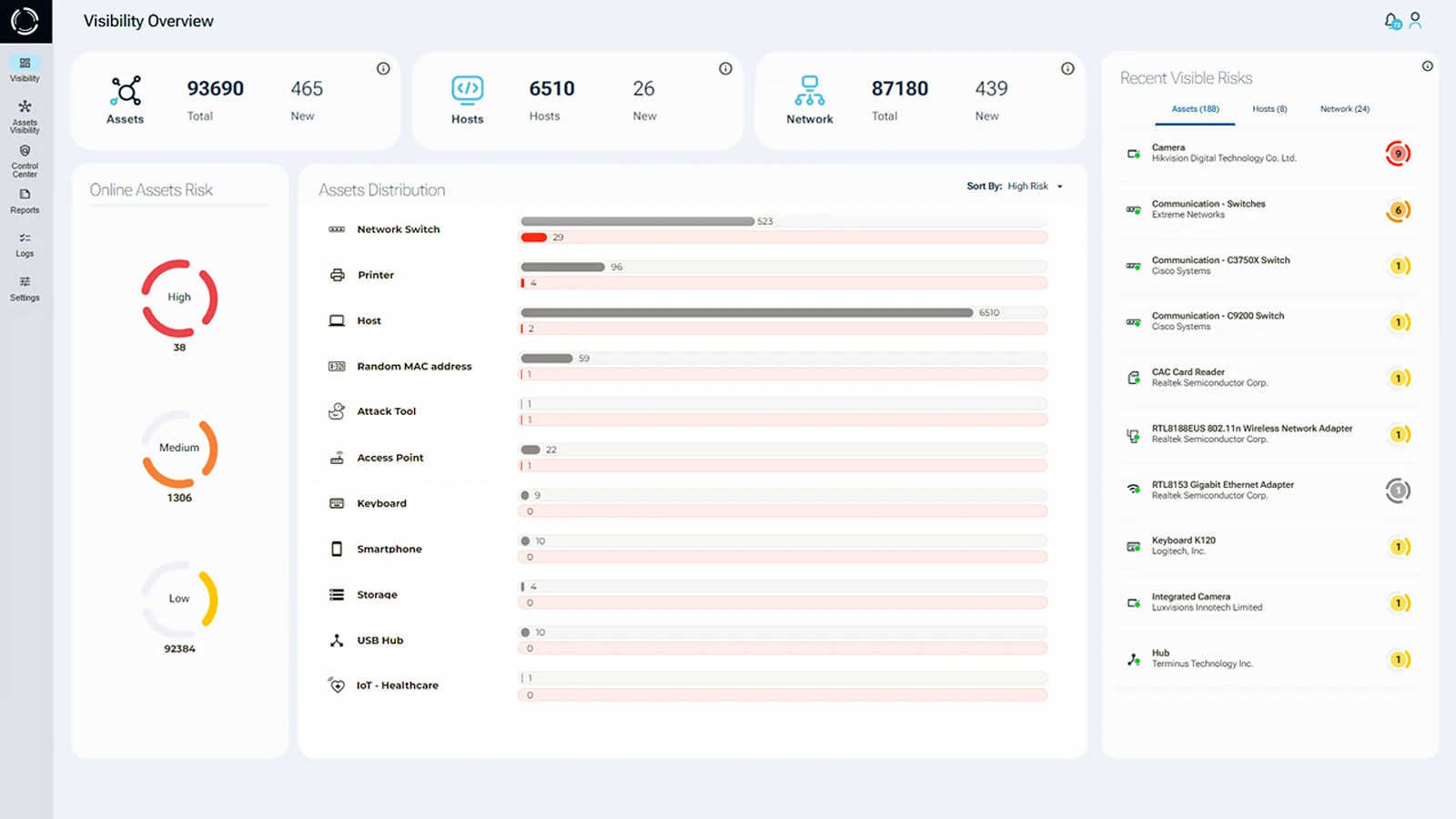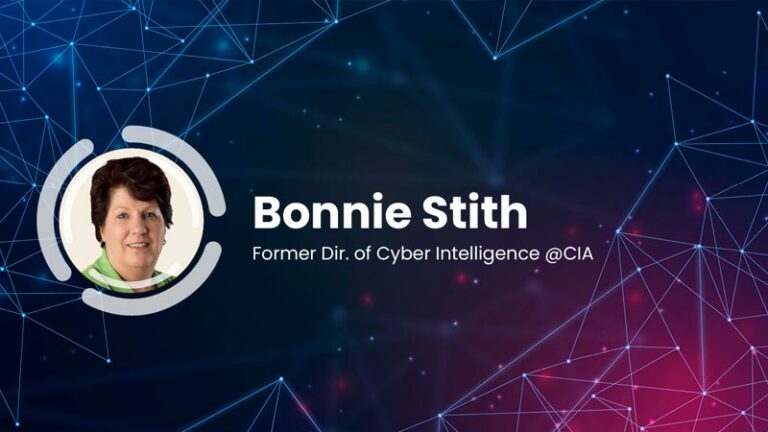Printer Hacking
Printer hacking refers to the unauthorized access and manipulation of printers, often for malicious purposes. It involves exploiting vulnerabilities in the printer’s software, firmware, or network connection to gain control over the device. Printer hacking can lead to various security risks and potential consequences, such as:
Common Printer Hacking Tactics
Hackers can leverage multiple methods to compromise printers, including:
- Unauthorized Access: Hackers may gain unauthorized access to the printer, allowing them to retrieve sensitive information stored in print queues or print logs.
- Data Theft: If a printer is connected to a network and stores print jobs, attackers may intercept and steal sensitive information, such as confidential documents or login credentials.
- Print Job Manipulation: Hackers can manipulate print jobs, altering the content of printed documents or injecting malicious code into them.
- Denial of Service (DoS): Attackers might flood the printer with excessive print jobs, causing it to become unresponsive and disrupting normal printing operations.
- Network Compromise: Some printers are connected to corporate networks. If compromised, a hacker could use the printer as a foothold to launch further attacks within the network.
- Physical Damage: In some cases, attackers may attempt to physically damage the printer by exploiting vulnerabilities in its firmware or using malicious firmware updates.
How to Prevent Printer Hacking
To defend against printer hacks, organizations and individuals should adopt the following best practices:
- Regularly update printer firmware and software.
- Change default credentials and use strong, unique passwords.
- Enable encrypted connections (e.g., HTTPS, IPsec).
- Segment network access to printers and limit exposure.
- Monitor and audit printer activity for anomalies.
- Disable unnecessary services and ports.
Eliminate Printer Blind Spots with Zero Trust Hardware Access
Printer security is an often overlooked aspect of overall cybersecurity, but it is essential to address potential vulnerabilities to protect sensitive information and maintain the integrity of networked systems.
Even with strong cybersecurity solutions in place, printer hacking remains a critical blind spot. Printers are often overlooked endpoints that can be compromised without detection, making them an ideal target for attackers looking to infiltrate corporate networks.

In a recent case, Mr. Brooks and his team uncovered how a rogue employee at one of Europe’s largest private banks manipulated SWIFT transactions. The turning point? A printer hack that bypassed every traditional security control. The printer was the hidden entry point, proving once again that even a single unmanaged device can compromise an entire system.
This is where Zero Trust Hardware Access (ZTHA) comes in. Sepio’s platform enforces strict access controls at the physical layer, ensuring that only verified and authorized hardware, like printers, can connect to your network. By adopting ZTHA, you eliminate blind spots and protect against both known and unknown printer vulnerabilities.
Hardware is your weakest link, until you make it your strongest defense.





